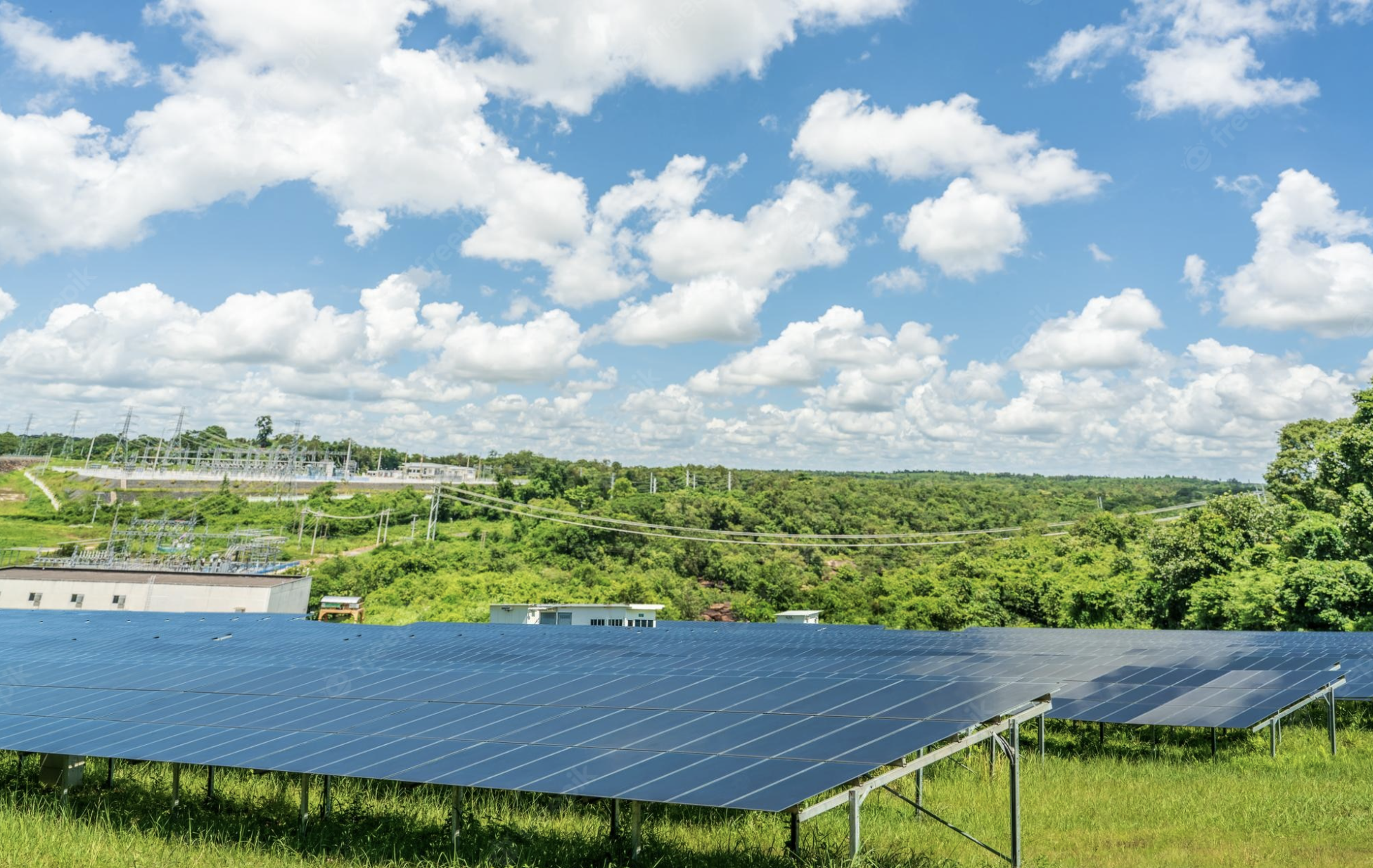ICMS Agreement 68/2022: know its effects for DG
Text extends the period of validity of tax benefits and incentives that granted ICMS exemption
Author: Einar Tribuci
May 26, 2022
Opinion
ICMS Agreement 68/2022: know its effects for the GDConvênio extends the period of validity of the benefits and tax incentives that granted ICMS exemption
On May 13, 2022, the ICMS Agreement nº. 68/2022, extending the period of validity of the tax benefits and incentives that granted exemption from ICMS (Tax on Operations related to the Circulation of Goods and Provision of Services), and which affect the tax benefits granted to micro and mini-generation distributed in the States Minas Gerais, Rio de Janeiro and Espírito Santo.
Unlike what was provided for in the ICMS Agreement no. 16/2015, the domestic legislation of the aforementioned States, by incorporating the provisions of the aforementioned Agreement, ended up expanding the scope of the exemption granted, but which would end at the end of this year.
To better understand the effects of ICMS Agreement no. 68/2022 in the exemptions for shared generation, undertakings of multiple consumer units and power plants of more than 1 MW, it is important to carry out a brief historical contextualization, approaching from the ICMS Agreement no. 16/2015 to date, with the publication of ICMS Agreement no. 68/2022.
Historical context
As is known, one of the main normative instruments known by the DG sector (distributed generation) is the ICMS Agreement nº. 16/2015, which authorizes the signatory States to grant ICMS exemption on electric energy injected into the distribution network and subsequently consumed, by the same consumer unit, provided that it is limited to installed power less than or equal to 1 MW.
One of the pioneer states in the development of the DG sector, the State of Minas Gerais published State Law nº. 22,549/2017, granting exemption from ICMS more broadly than that established in the above Agreement, reaching power plants generating by photovoltaic solar source with a power greater than 1MW and equal to or less than 5MW, as well as including the modalities of shared generation and projects with multiple consumer units.
Also in mid-2017, in order to correct a distortion known as the “ICMS tax war”, consisting of the granting of tax benefits and incentives for this tax without the proper approval of CONFAZ (National Council for Finance Policy), the Complementary Law was published. no. 160/2017, determining the reinstitution of irregular tax benefits and establishing terms for validity according to their classification, which was later incorporated by ICMS Agreement no. 190/2017.
After establishing the deadlines, the States of Rio de Janeiro and Espírito Santo, through, respectively, State Laws No. 8,922/2020 and 11,253/2021, adhered to the tax benefit granted by the State of Minas Gerais, establishing the validity until December 2022.
Finally, the deadlines that were once established by Complementary Law no. 160/2017 were extended to December 31, 2032 through Complementary Law no. 186/2021 and currently incorporated by ICMS Agreement no. 68/2022.
Technique used by the states of Rio De Janeiro and Espírito Santo
By establishing the terms of validity of the tax benefits that were in effect and that were granted in absentia of the CONFAZ authorization, ICMS Agreement nº. 190/2017 provided for the possibility for another State to adhere to the provisions granted by another entity of the federation, provided they were from the same region, being able to be in force at most, within the same deadlines and under the same conditions as the act adhered to.
Despite having been internalized through adhesion to the tax benefit granted by the States of Minas Gerais, it is not enough for this State to carry out the extension of its tax benefit so that the validity of the other States - Rio de Janeiro and Espírito Santo - can be extended, there is a need for each of these federation units to enact internal laws determining the extension until December 31, 2032, as provided by ICMS Agreement no. 68/2022.
It is worth remembering that the provisions of CONFAZ are only authoritative, that is, they do not oblige States to incorporate the provisions into their domestic legislation. Thus, if it is in the interest of the fiscal policy of the mentioned States to maintain the benefits granted, it is essential to enact a law to extend the period of validity.
Provisions of ICMS Agreement No. 68/2022
In addition to unifying the terms of validity of the tax benefits granted for December 31, 2032, ICMS Agreement nº. 68/2022 also provides for the reduction of these benefits as of January 1, 2029, by 20% (twenty percent) per year, as provided for in Complementary Law no. 186/2021.
In other words, from January 1, 2029 until December 31, 2032, the ICMS exemption granted by the States of Minas Gerais, Rio de Janeiro and Espírito Santo, if extended, will be reduced by 20% (twenty percent ) per year, becoming from that date, partial exemptions, as shown in the table below:
ICMS exemption (%) Periods
100% Until December 31, 2028
80% From January 1, 2029 to December 31, 2029
60% From January 1, 2030 to December 31, 2030
40% From January 1, 2031 to December 31, 2031
20% From January 1, 2032 to December 31, 2032
Therefore, with the enactment of Complementary Law no. 186/2021 and now with ICMS Agreement no. 68/2022, the exemptions granted by some States that until then would expire at the end of this year, will probably be extended until December 31, 2032, and the sector should pay attention to the forecast of the reduction of the exemption from 2029, taking into account given the relevance of taxes in the percentage of return on investments in DG projects.
Source: CanalSolar
















